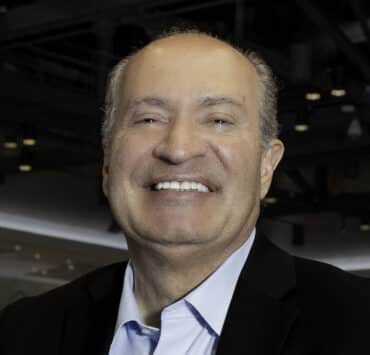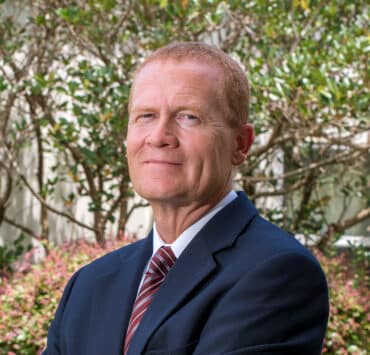|
Getting your Trinity Audio player ready...
|
Plain, Wisconsin, now boasts a population of 773, but it wasn’t quite the bustling metropolis it is today when Jay Neider was growing up there. Then, it was more like 700 people. In some ways, the town northwest of Madison is exactly what one would expect. There’s Country Crossroads Floral & Gifts, the Peoples Community Bank, a bar, a car wash, a post office, and a Kwik Stop. But there’s one surprising thing about Plain: It’s also home to three of the largest commercial general contractors in the state.
Although he came from one of the nation’s smallest towns, Neider has gone on to work on some of its biggest infrastructure projects. He designed bridges for the Wisconsin Department of Transportation (DOT), led teams that managed a $350 million program as a project development supervisor, and became DOT engineering chief before leaving his home state.
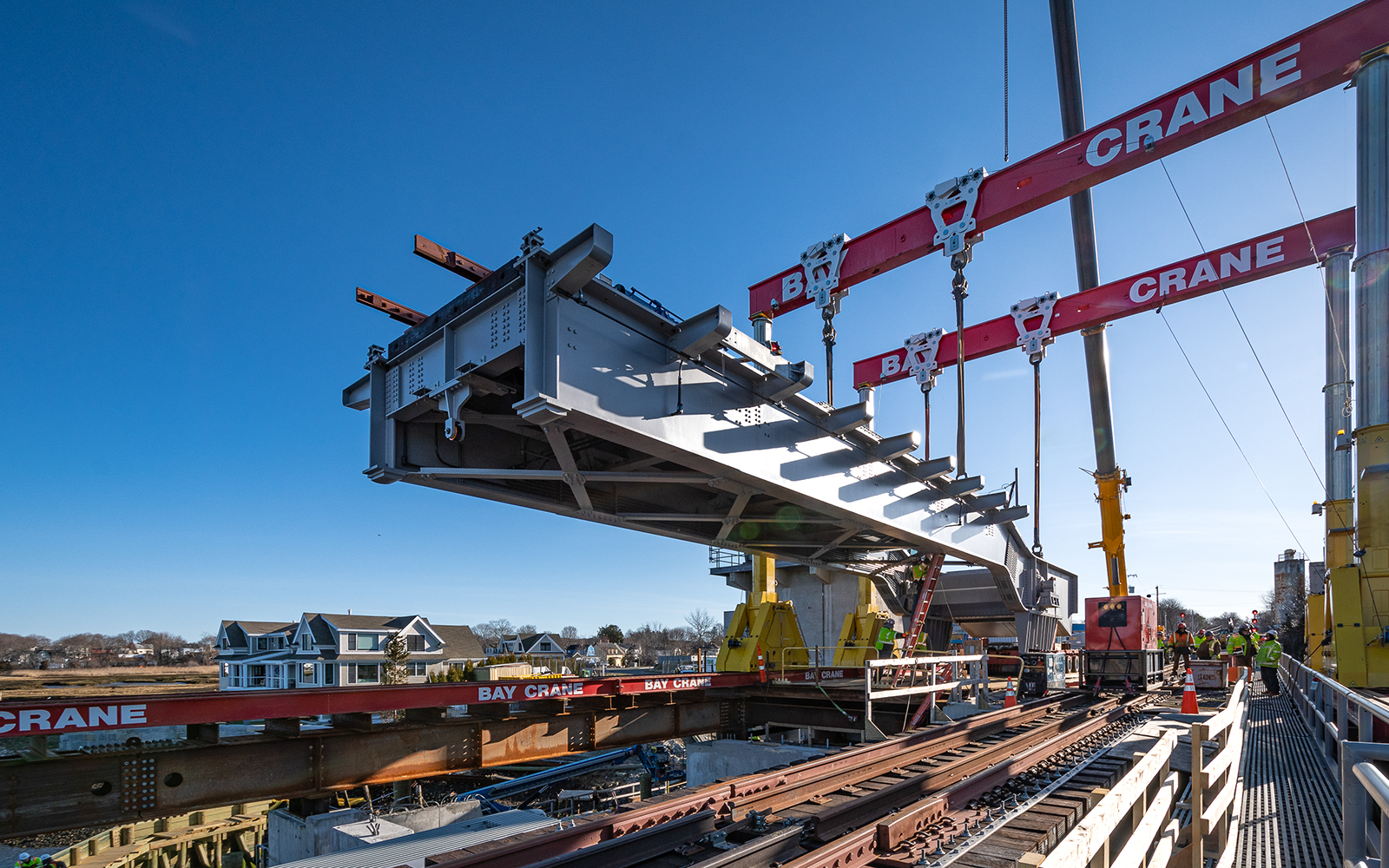
Susana Hey
Then, on the East Coast, Neider oversaw multibillion dollar projects in Virginia before serving as deputy project director for the Silver Line extension. The massive project is the largest project in nearly a decade for the transit line that connects Washington, DC, to the Dulles corridor.
The 11.5-mile phase that opened in late 2022 came with a $3 billion price tag and will not only reduce area traffic but also increase economic opportunity. Trains on the Silver Line extension pass every 15 minutes, stopping at 6 new stations.
Before the ribbon cutting was complete, Neider was on to his next high-profile project in a major metro area. In 2019, he stepped in as the chief of capital programs at the Massachusetts Bay Transportation Authority (MBTA).

Susana Hey
He’s tasked with delivering the MBTA’s capital program with a budget of nearly $10 billion. He is also responsible for all construction, maintenance, supporting MBTA’s FTA Core Capacity grant submittal and the type-10 vehicle acquisition, and remodeling along the system known locally as the T. It is the largest transit system in the state and one of the oldest in the entire country.
Neider has grown and reorganized his department to make it more effective and efficient. When he started, the team had less than 150 people; now it has about 400. “This large-scale work requires the right people working in the right places, and leaders have to have a clear vision from top to bottom,” he explains.
Finding the right people was not an easy task. Neider sourced talent nationwide and brought people from all over the country to Boston to work on the T’s capital programs. The strategy brought him a fruitful mix of Beantown natives and outsiders who together honor tradition and context while challenging status quos.
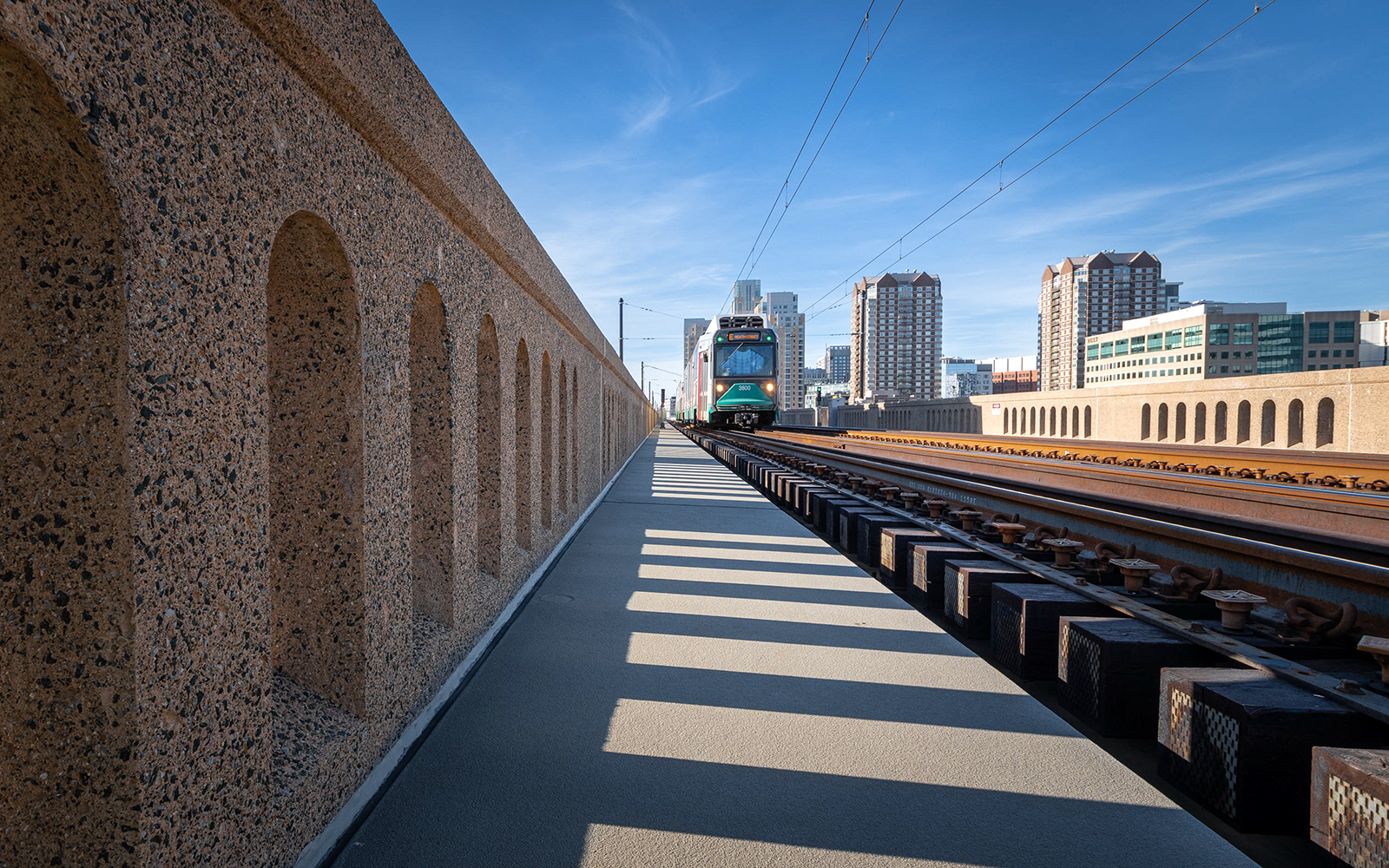
Susana Hey
The new team has helped the entire organization embrace change and think differently. While his predecessors completed almost all construction and renovation from 2:00 a.m. to 5:00 a.m., Neider takes a different approach. “We had a massive backlog of projects. I had to convince the governor and others we could be successful with a new strategy that would keep service going but still allow us to actually get our work done,” he says.
That’s exactly what Neider has done. He shifted to a “surge” schedule in which his crew shuts down pieces of the MBTA and busses passengers to stations while completing work. First, he tested the model over a long weekend. Then the MBTA completed a 9- and 12-day surge to finish prioritized critical upgrades quickly.
Recently, Neider and his team finished a 30-day Orange Line surge. In just one month, they replaced 3,500 feet of track and 14,000 linear feet of rail. They swapped out 48,000 feet of signal cable, installed hundreds of pieces of vibration reduction hardware, added a new enhanced electrical system, and repaired 72 new Orange Line cars.
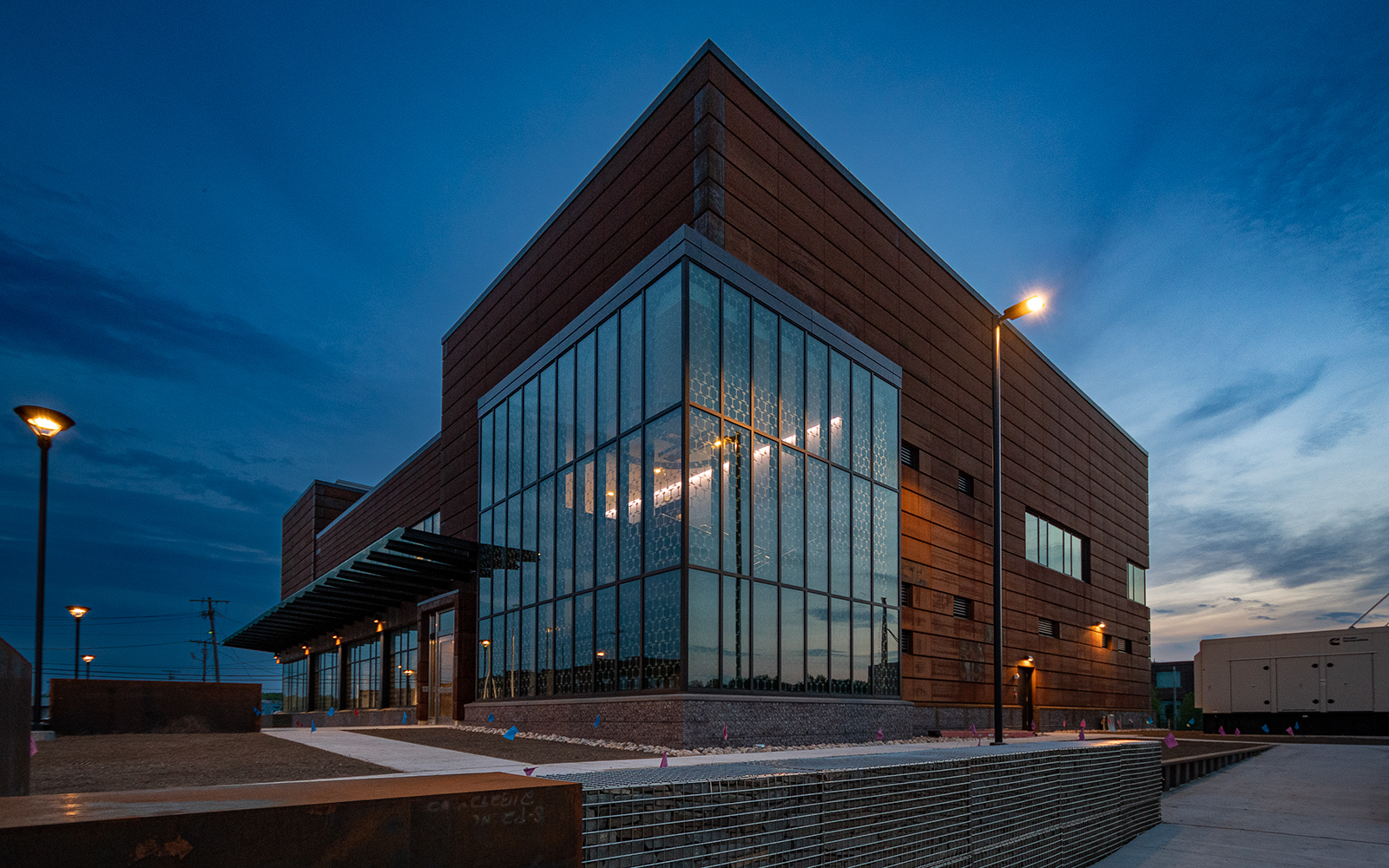
Susana Hey
Crews also cleaned drains, fixed security cameras, replaced signs, and repaired stations. Riders now enjoy enhanced safety and reliable service on MBTA’s Orange Line, which spans about 20 miles in the city of Boston.
Crews worked in three shifts around the clock to make it all happen, and all parts of the MBTA were involved. “It took the entire organization to pull this off, but it was a paradigm shift and a major success,” Neider says, adding that he saw significant contributions from operations, maintenance, public realtions, administrators, and all other departments as they worked together to improve a 125-year-old system.
“The MBTA capital program investment has increased significantly over the past several years to address the backlog of state of good repair. This investment will continue to be a significant focus of the MBTA to provide a safe and reliable service for the traveling public,” says Phil Brake, president of HNTB’s northeast division. “Under Jay’s leadership, the MBTA has taken a creative and aggressive approach to effectively implement these needed investments.”
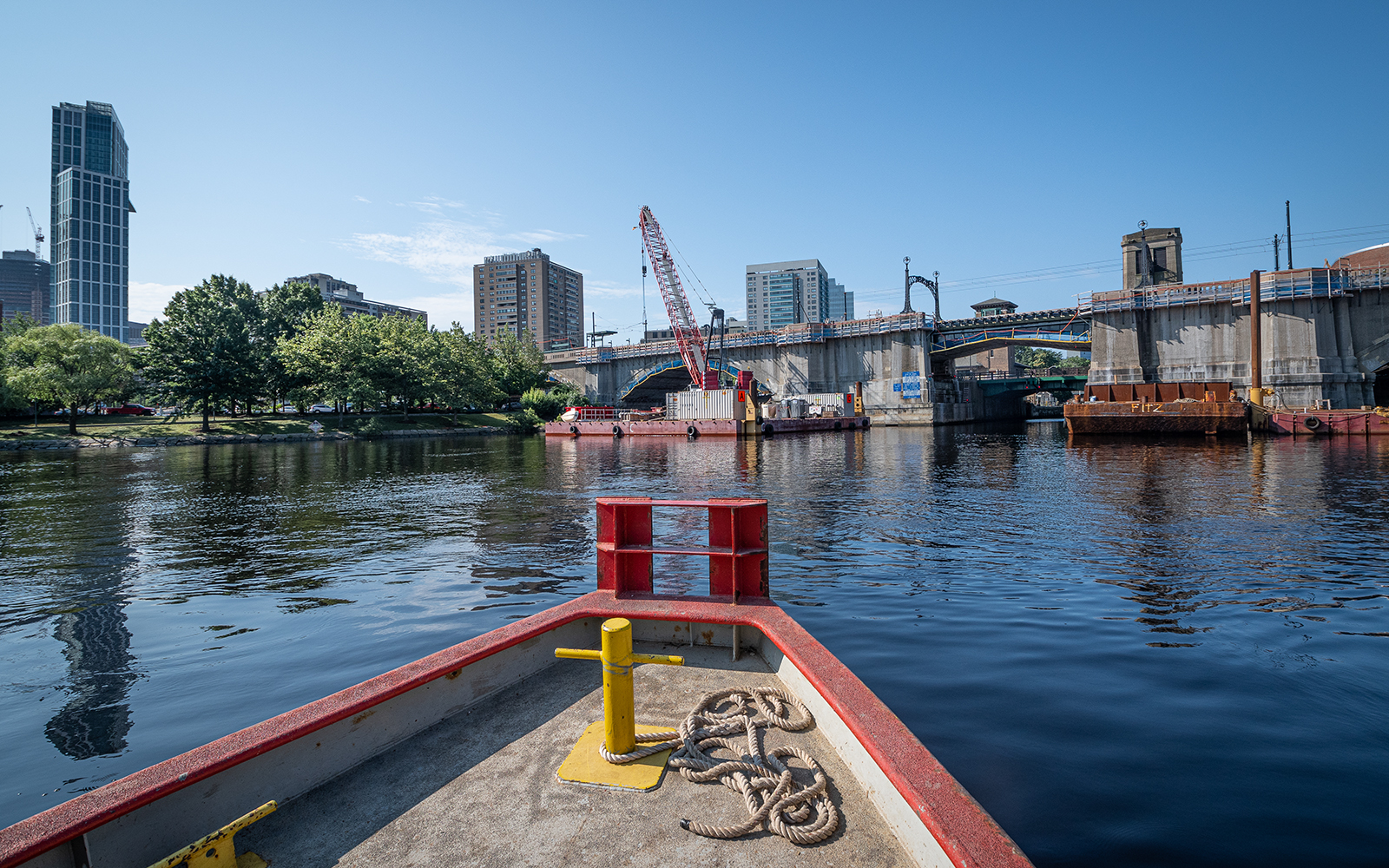
Susana Hey
More changes are on the horizon. The MBTA has proposed a new bus garage as it expands and electrifies its fleet. However, when bids came in high, Neider pivoted to request bids via a construction management at risk process that obligates a manager or consultant to work closely with the owner and deliver a project at a guaranteed price.
Moving to the new model will delay the project by 12 months, but Neider says it will be worth it in the long run. “We’re not trying to save money to return it to shareholders like a business,” he says. “This is a zero-sum game. If we do things the right way, we save money, and we can reinvest that money into the system.”
After all, Bostonians rely on the T to get them to the office, the doctor, the grocery store, and elsewhere. After 125 years, one of the oldest public transportation systems in the country is changing—and that’s a good thing.
